Satellite images could help target public health interventions.


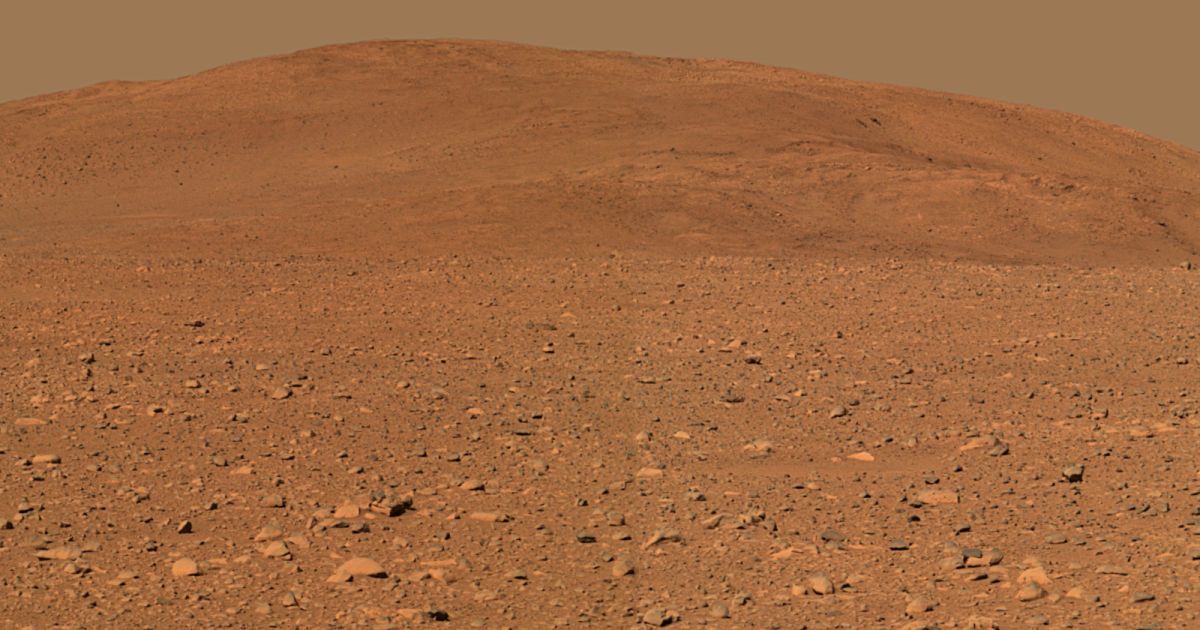
As a planet-wide dust storm enveloped Mars, many were concerned about the fate of the Opportunity rover. After all, Opportunity is dependent on solar panels; the opacity of the dust storm meant that she wasn’t getting enough light to stay powered. The team at NASA’s Jet Propulsion Laboratory last heard from Opportunity on June 10th. Now, the storm is lifting, and once its opacity reaches a tau level of 1.5, the little rover will have 45 days to respond to the team’s signals. Otherwise, NASA will stop actively listening for the rover.
The tau measures the amount of dust and particulate in the Martian atmosphere. The team hopes that, once the skies have cleared enough and the rover has recharged its batteries, Opportunity will be able to hear and respond to the signals that Earth is sending its way. If 45 days have passed without a response, the team will cease its active efforts to recover the rover. “If we do not hear back after 45 days, the team will be forced to conclude that the Sun-blocking dust and the Martian cold have conspired to cause some type of fault from which the rover will more than likely not recover,” said John Callas, Opportunity’s project manager, in a statement.
That doesn’t mean NASA will have fully given up on Opportunity, though. After all, the rover was originally tasked with a 90-day mission and is still working almost 15 years later. The team will continue “passive listening efforts” — presumably stop sending the rover active signals through the Deep Space Network, but monitor in case Opportunity reaches out first — for an additional several months.

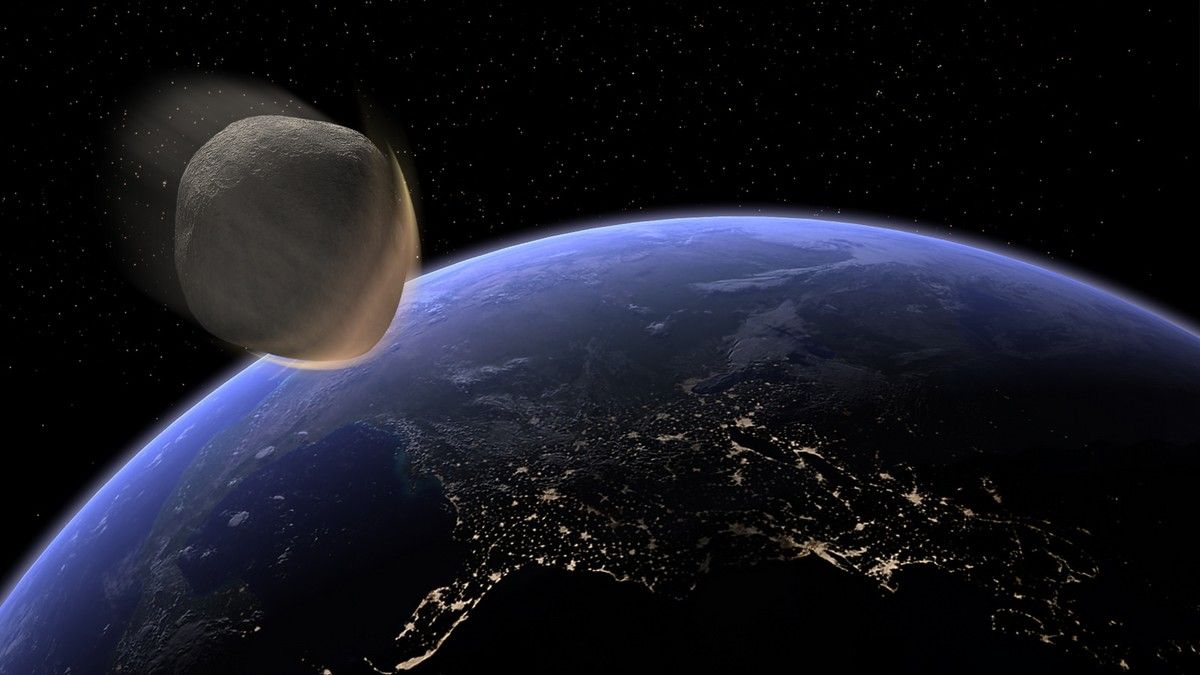
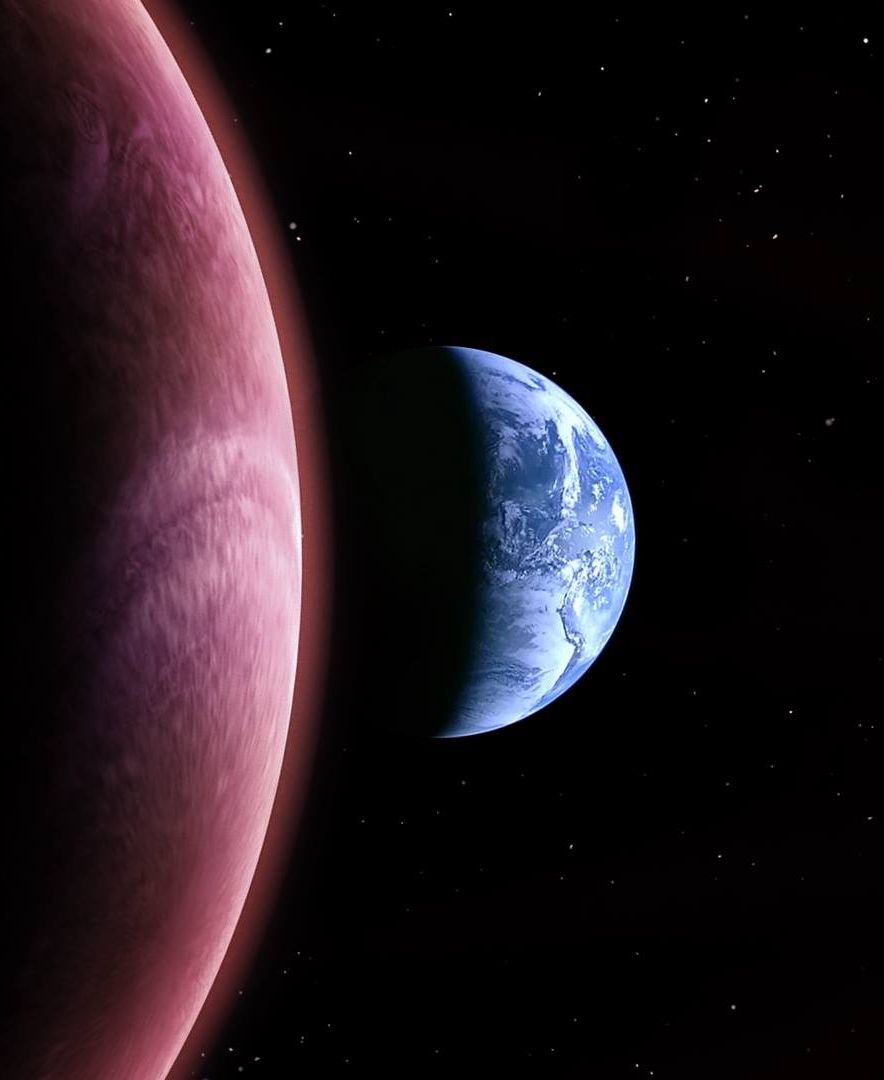



Gravity might feel strong if you drop a bowling ball on your feet, but is in fact the weakest force. Compare it to electromagnetism: the pull of all the Earth’s gravity can’t stop you from picking up a paperclip with a refrigerator magnet. That weakness makes gravity incredibly difficult to measure.
A team of scientists in China are reporting that they have now performed the most precise measurement of gravity’s strength yet by measuring G, the Newtonian or universal gravitational constant. G relates the gravitational attraction between two objects to their masses and the distance between them. The new measurement is important both for high-powered atomic clocks as well as the study of the universe, earth science, or any kind of science that relies on gravity in some way.
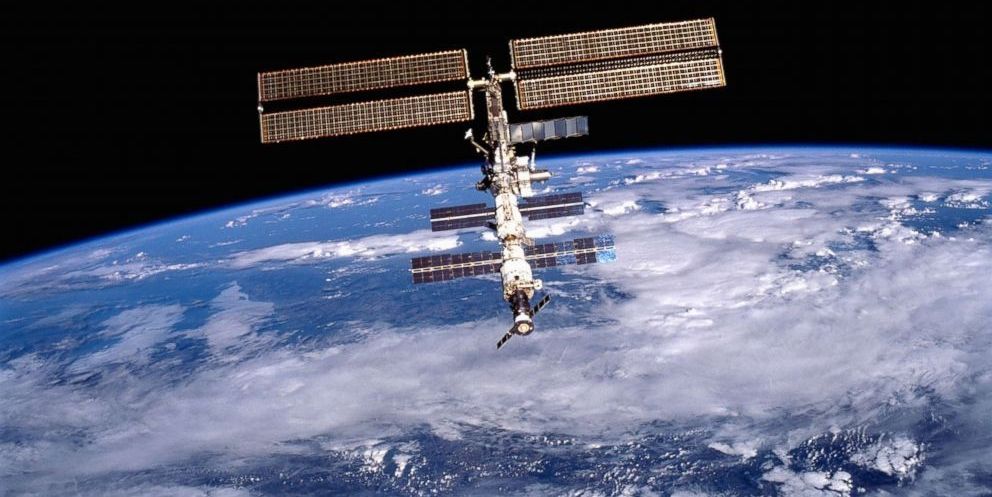
Small leak discovered on Russian side of International Space Station, NASA says originally appeared on abcnews.go.com
A small pressure leak was discovered on the International Space Station, according to NASA.
Flight controllers at mission control centers in Houston and Moscow began seeing signs of the leak Wednesday night when the six-member crew aboard the orbital outpost were asleep. Flight controllers monitored the situation until the crew awakened at their normal time Thursday morning since they were in “no danger,” NASA said in a press release.
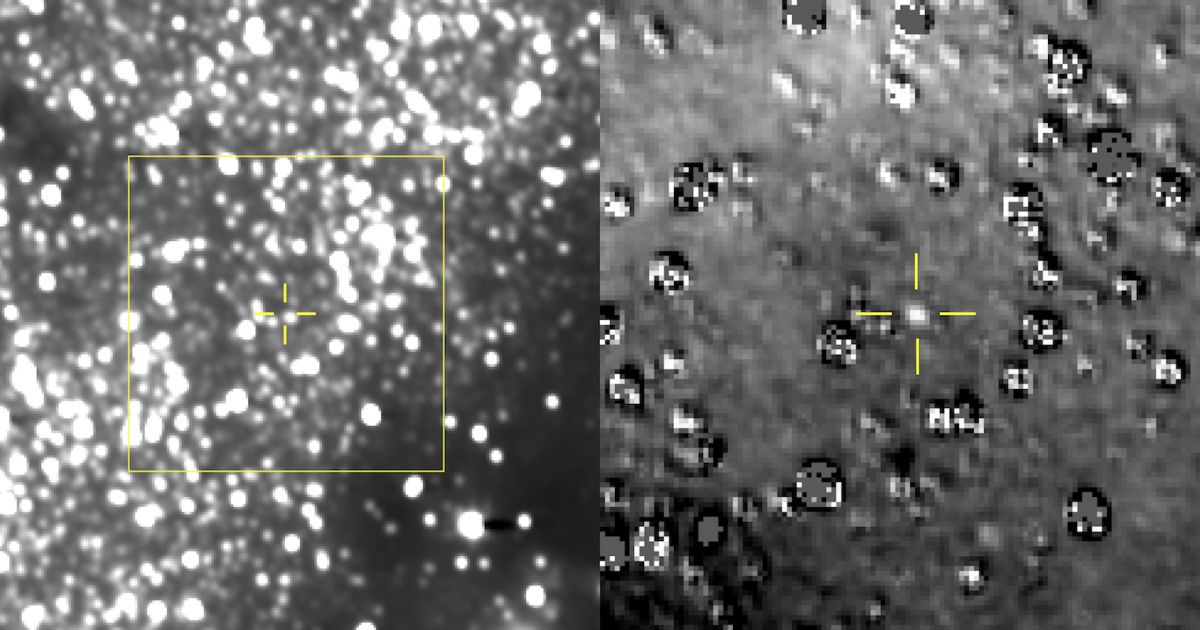
After NASA’s New Horizons spacecraft collected a trove of data from its six-month-long flyby of Pluto, it set its sights on a much smaller object in the Kuiper Belt — an object dubbed 2014 MU69. Scientists believe MU69 will likely be a rather preserved outer solar system object, one that could provide clues as to how dwarf planets like Pluto may have formed billions of years ago. Now the New Horizons team reports that it has snapped a picture of its distance target and it did so weeks before MU69 was expected to be visible to the spacecraft.
New Horizons is still about 100 million miles away from MU69 and the researchers didn’t think they’d be able to see the small object with New Horizons’ onboard cameras until around mid-September. “We thought it’s worth giving it a shot a month early,” Hal Weaver, the lead scientist working with the New Horizons’ long distance camera, told the New York Times. Through a few dozen images, they were able to make out the very faint MU69, an object under 30-miles wide. Being able to see it will help scientists refine New Horizons’ trajectory, though since the object was right where they expected it to be, it appears the spacecraft’s path is already pretty spot on. “The whole team is jazzed now,” said Weaver.
The spacecraft is expected to reach MU69, also known as Ultima Thule, on January 1st, 2019. It will mark the first close-up exploration of a small Kuiper Belt object and will be the most distant exploration of a planetary body to date. “It really is like finding a needle in a haystack,” Weaver said in a statement about the images collected earlier this month. “In these first images, Ultima appears only as a bump on the side of a background star that’s roughly 17 times brighter, but Ultima will be getting brighter — and easier to see — as the spacecraft gets closer.”